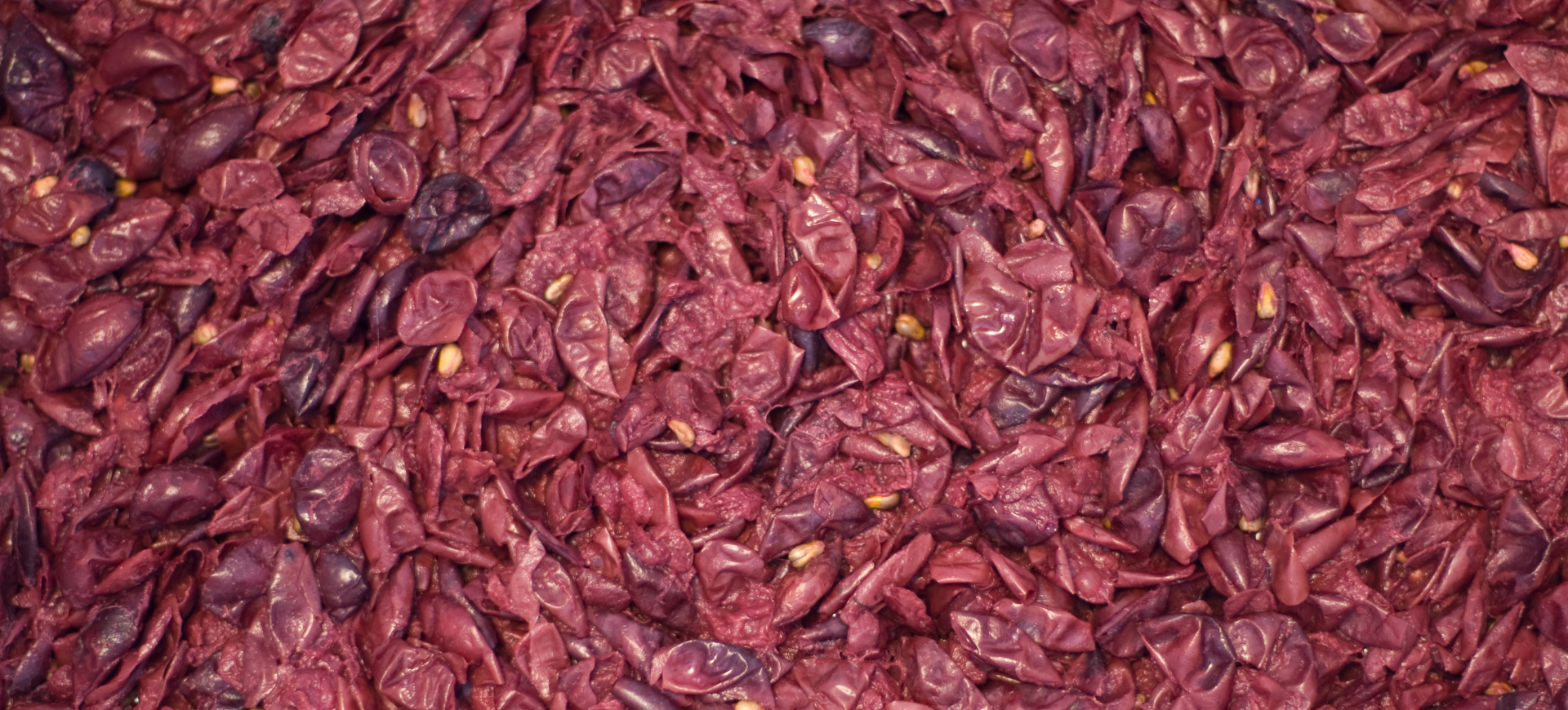Discover what wine tannins are, how they influence flavor, aging, and pairing. Learn to identify their presence in every glass.
Tannins in Wine: What They Are, Why They Matter, and How They Influence Your Glass
What are tannins?
Tannins are natural plant compounds that belong to the polyphenol family. In the world of wine, they are mainly found in the skin, seeds, and stems of the grape, although they can also be extracted from oak barrels used during aging.
These compounds are responsible for the sensation of dryness or roughness in the mouth, known as astringency. This happens because tannins react with saliva proteins, making the mouth feel drier. If you’ve ever experienced that rough sensation when drinking red wine, you’re feeling the effects of tannins.
Where do tannins come from?
In wine, tannins come from two main sources:
-
-
The grape: especially thick-skinned varieties. Maceration of the must with the skins and seeds releases these natural tannins.
-
The wood: oak barrels add additional tannins during aging, along with aromas like vanilla, clove, and toast.
-
Why are tannins important?
1. They provide structure and body to the wine
Tannins play a fundamental role in the structure of wine, especially reds. They act as the backbone supporting other elements: fruit, acidity, alcohol, and sweetness. A wine with well-integrated tannins feels balanced, firm, and characterful.
2. They facilitate aging
Tannins are natural antioxidants, which helps protect the wine during bottle aging. Over time, tannins soften through a process called polymerization, making the wine more elegant, complex, and smooth.
3. They stabilize color
Tannins interact with the natural pigments (anthocyanins) in wine, helping fix and stabilize the red color over time.
4. They improve food pairing
Tannic wines pair especially well with fatty and protein-rich foods such as red meats, aged cheeses, and spiced dishes. Tannins cleanse the palate and balance the richness of the food.
Types of tannins
There are two main types of tannins in wine:
-
-
Condensed tannins: come directly from the grape. They are more intense and responsible for the typical astringency of young red wines.
-
Hydrolyzable tannins: extracted from the wood (barrels). They are softer and add complexity during aging.
-

Grape varieties with higher tannins
Not all red wines have the same amount of tannins. Some varieties are naturally more tannic:
-
-
Cabernet Sauvignon
-
Syrah/Shiraz
-
Malbec
-
Tempranillo
-
Tannat
-
Nebbiolo
-
Others, like Pinot Noir or Grenache, tend to offer a softer mouthfeel, with finer, rounder tannins.
How are tannins managed in the winery?
Winemakers can control the amount and quality of tannins extracted during winemaking through techniques like:
-
-
Maceration time and temperature
-
Pumpovers and délestage (must movement to extract tannins)
-
Use of new or used barrels
-
Controlled oxygenation to soften tannins
-
Good management results in balanced wines without excessive astringency or harshness.
Health benefits
Besides their role in wine, tannins have beneficial health properties:
-
-
They are antioxidants and anti-inflammatory
-
May help improve cardiovascular health
-
Have antimicrobial and digestive benefits
-
Consumed in moderation, tannins are part of the healthy compounds offered by red wine.
Conclusion
Tannins are one of the fundamental pillars of red wine. They provide structure, enable aging, influence flavor, color, and mouthfeel, and play an essential role in food pairing. Additionally, they contribute to the wine’s complexity and elegance, enhancing its unique character and personality. The next time you uncork a bottle, pay close attention to that dry texture on your palate: it’s the tannins working their magic and elevating your tasting experience to a whole new level.
To learn more about the world of wine, the Rioja DOCa, and our winery, don’t hesitate to visit our blog every Thursday and follow us on social media: @ziniobodegas.